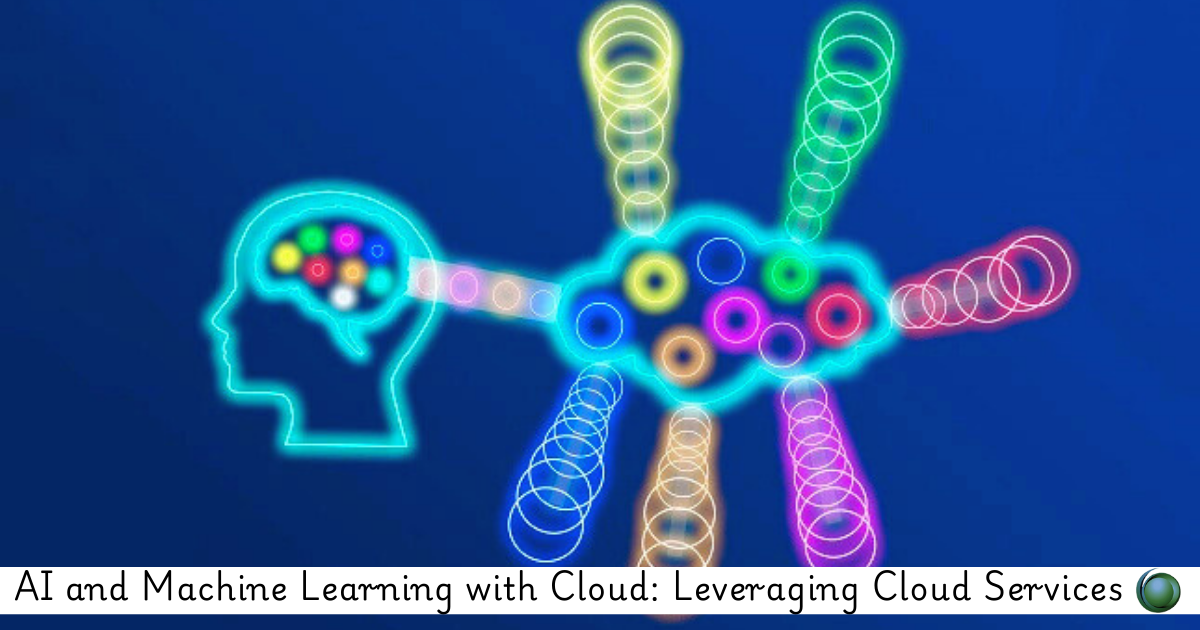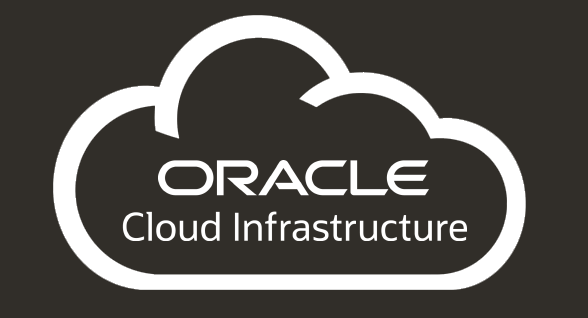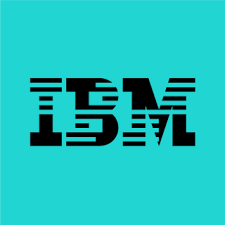Description
Introduction of AI and ML with Cloud:
The convergence of Artificial Intelligence (AI) and Machine Learning (ML) with cloud computing has empowered organizations to harness advanced analytics and intelligent applications at scale. This course provides a comprehensive overview of how to leverage cloud services for AI and ML projects, focusing on the practical application of cloud-based tools and platforms. Designed for data scientists, AI practitioners, and IT professionals, the course covers key cloud services for AI and ML, including data preparation, model training, deployment, and scaling. Participants will learn how to utilize cloud platforms like AWS, Azure, and Google Cloud to build, deploy, and manage AI and ML solutions efficiently.
Prerequisites:
- Basic Knowledge of AI and ML Concepts: Understanding of fundamental AI and ML concepts and algorithms.
- Familiarity with Cloud Computing: Basic knowledge of cloud computing principles and services.
- Experience with Data Science Tools: Familiarity with data analysis tools and programming languages such as Python or R is beneficial.
- Understanding of Cloud Platforms: Basic experience with cloud platforms (AWS, Azure, or Google Cloud) is advantageous.
Table of Content:







Reviews
There are no reviews yet.